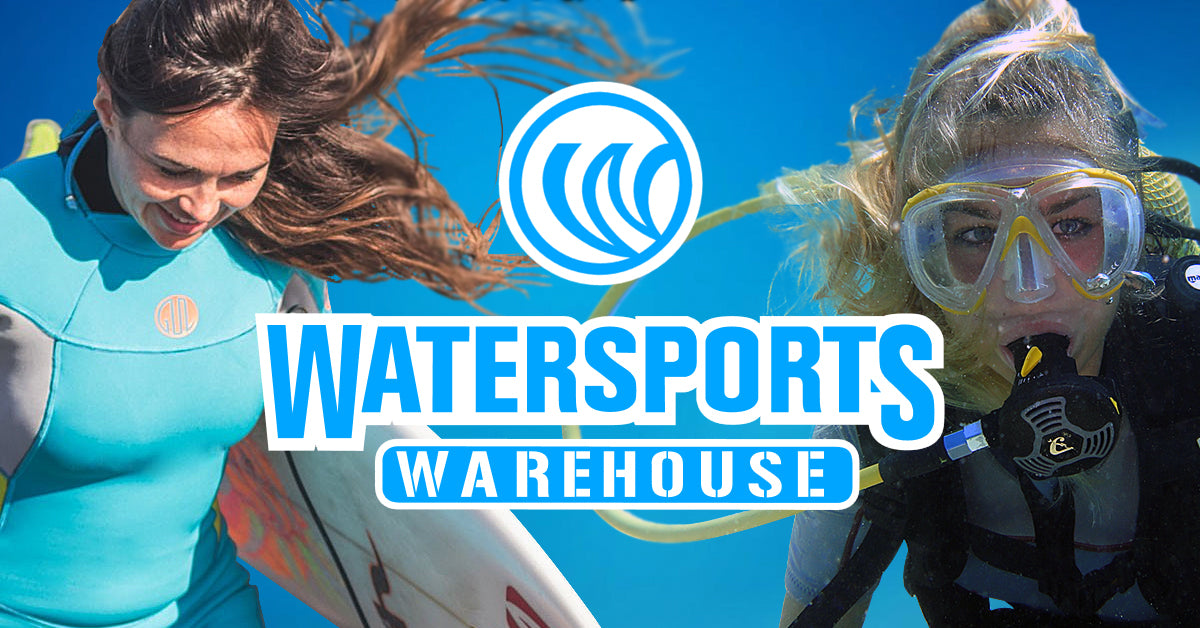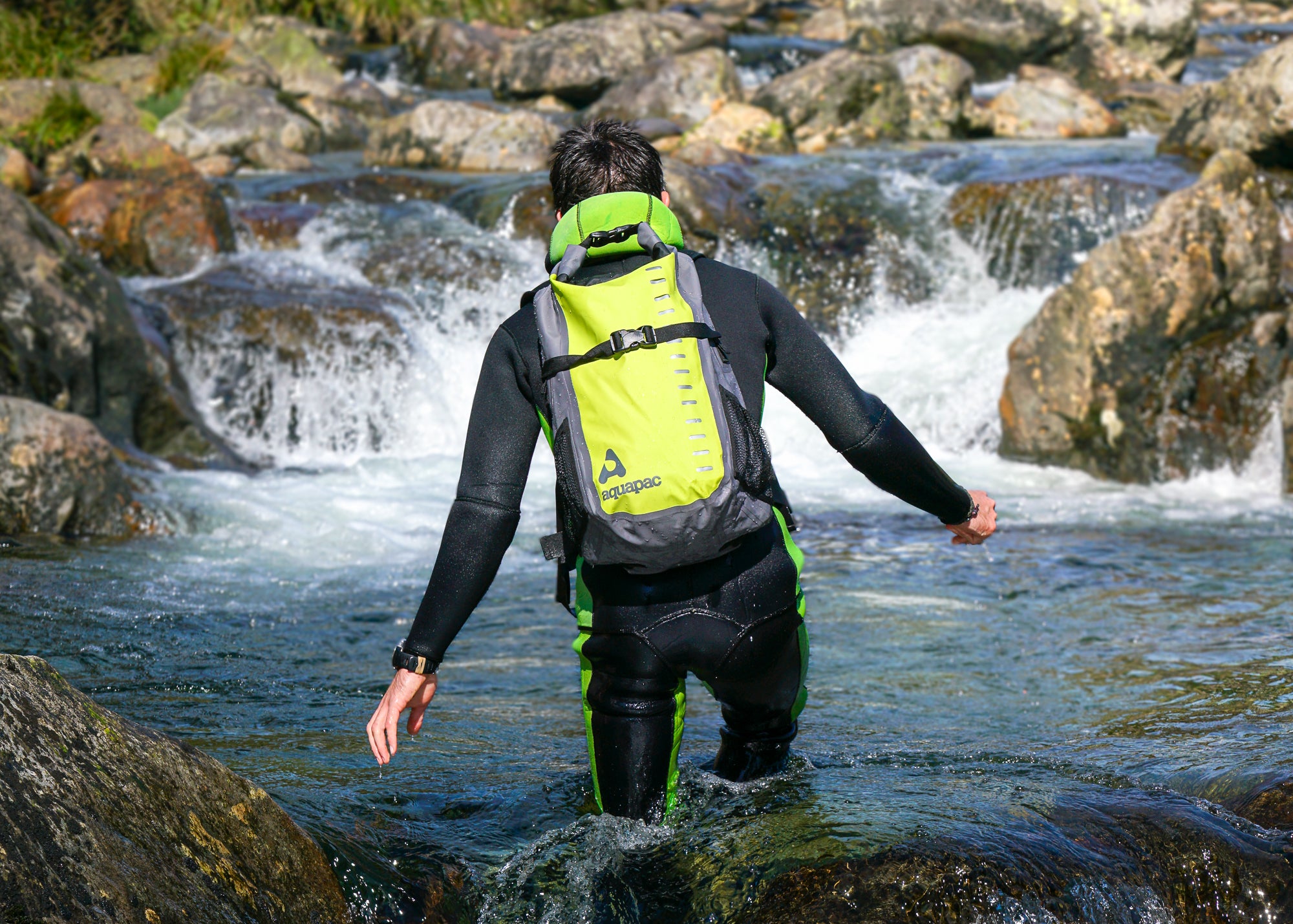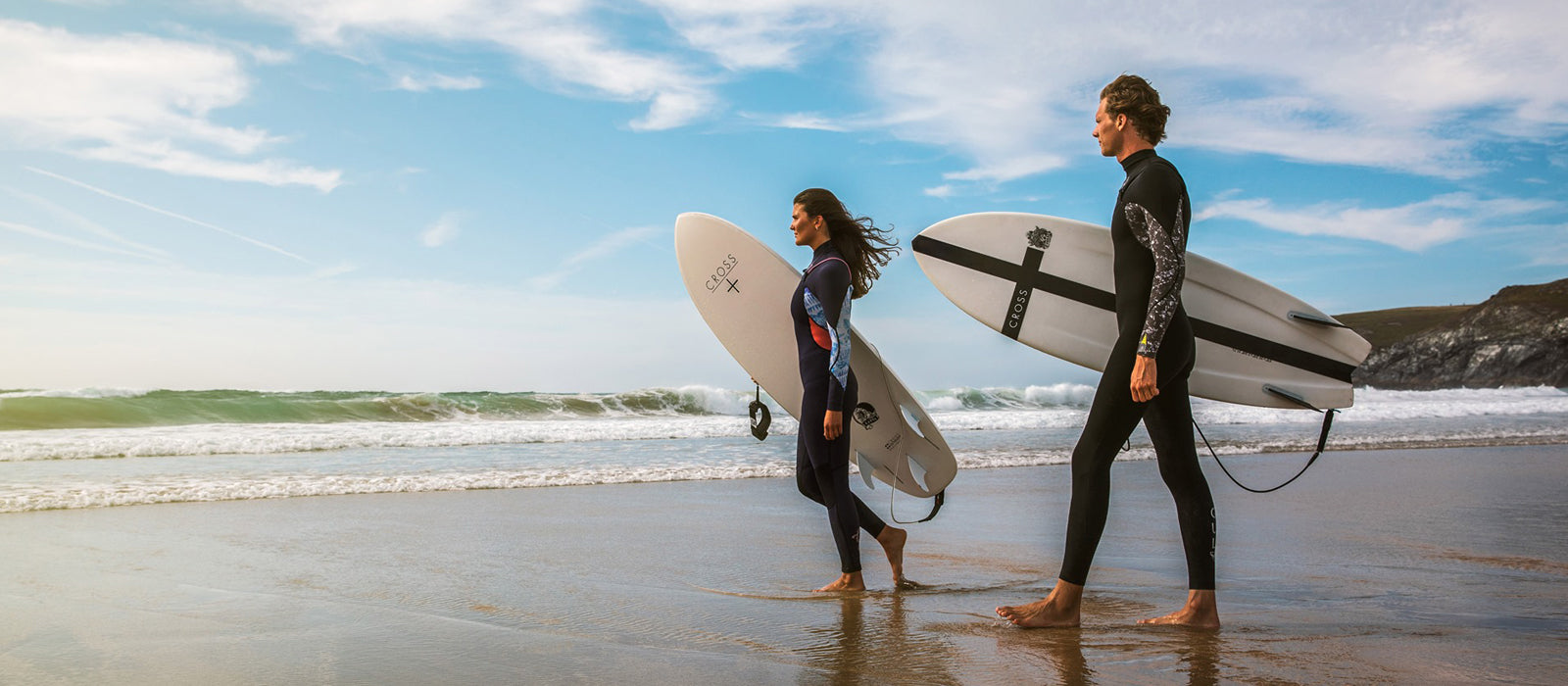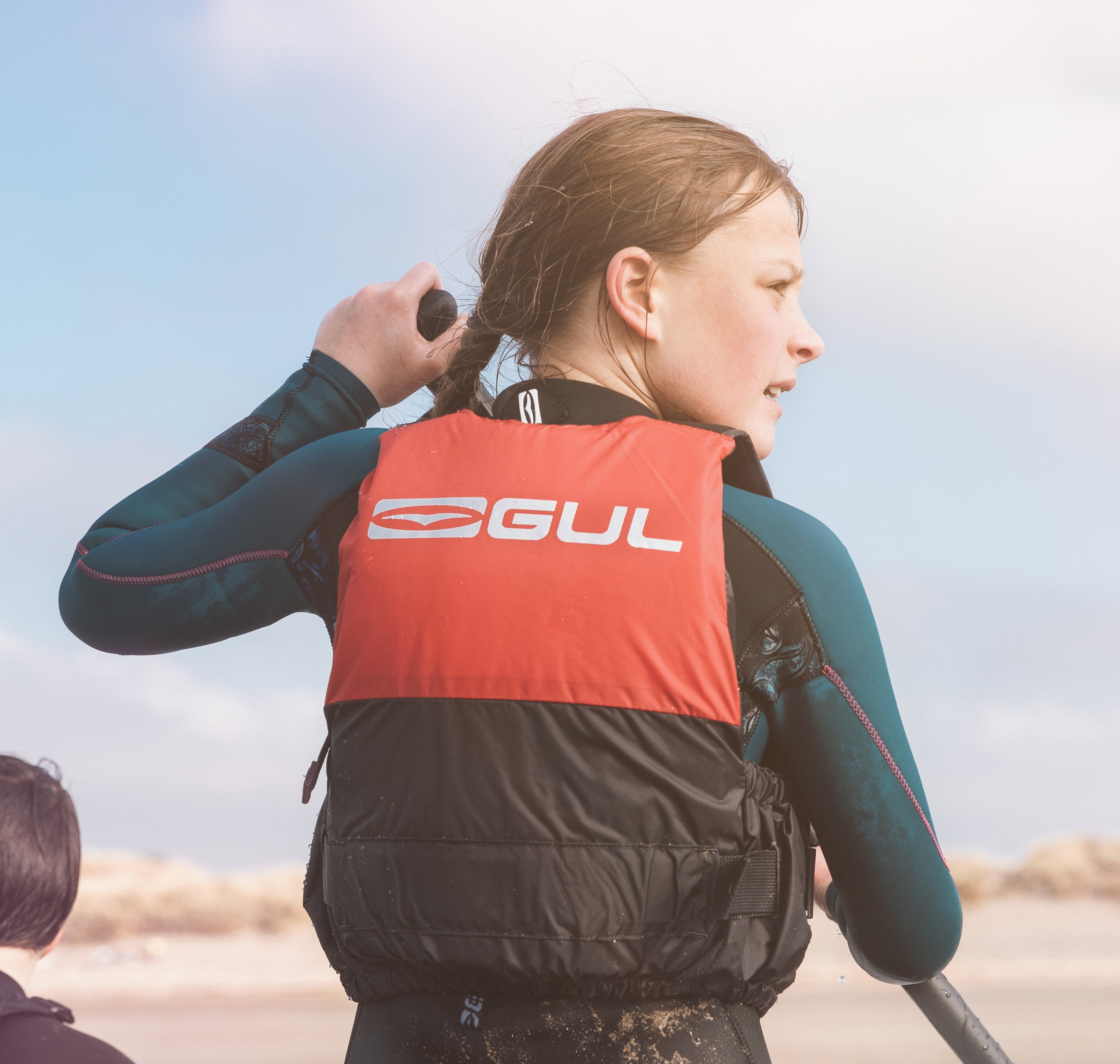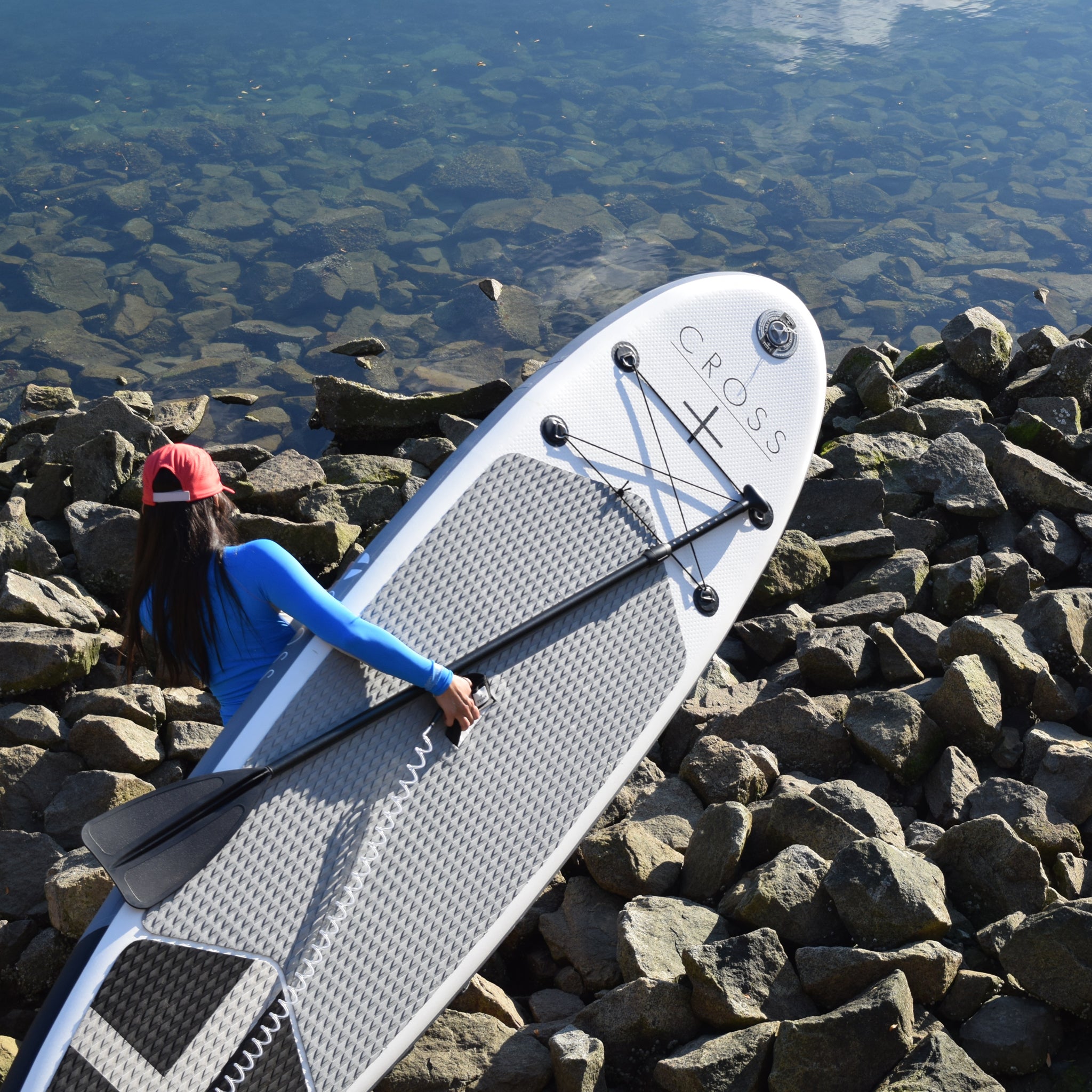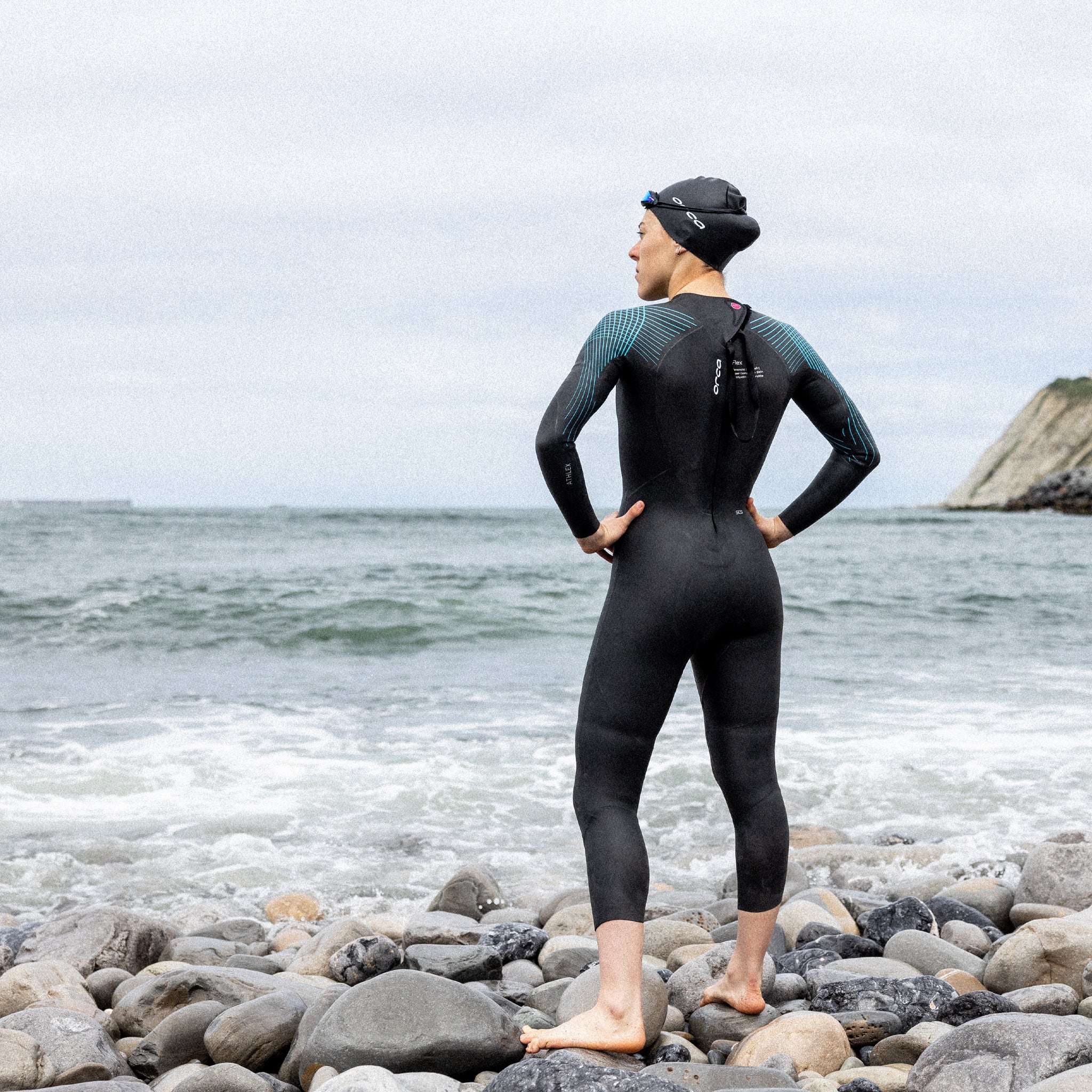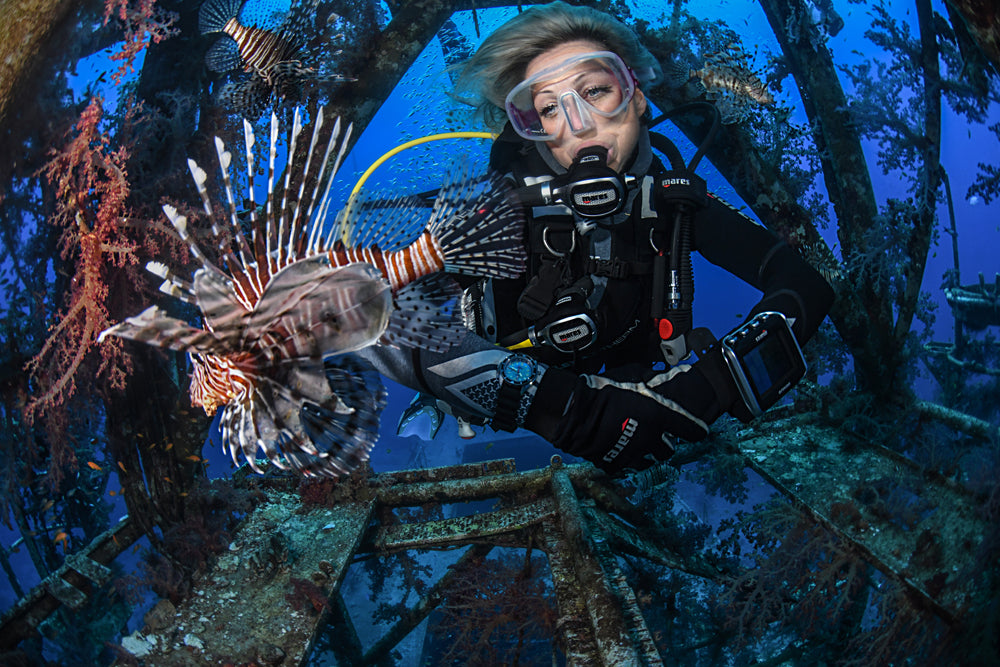Menu
Your cart is empty
Looks like you haven't added anything to your cart yet
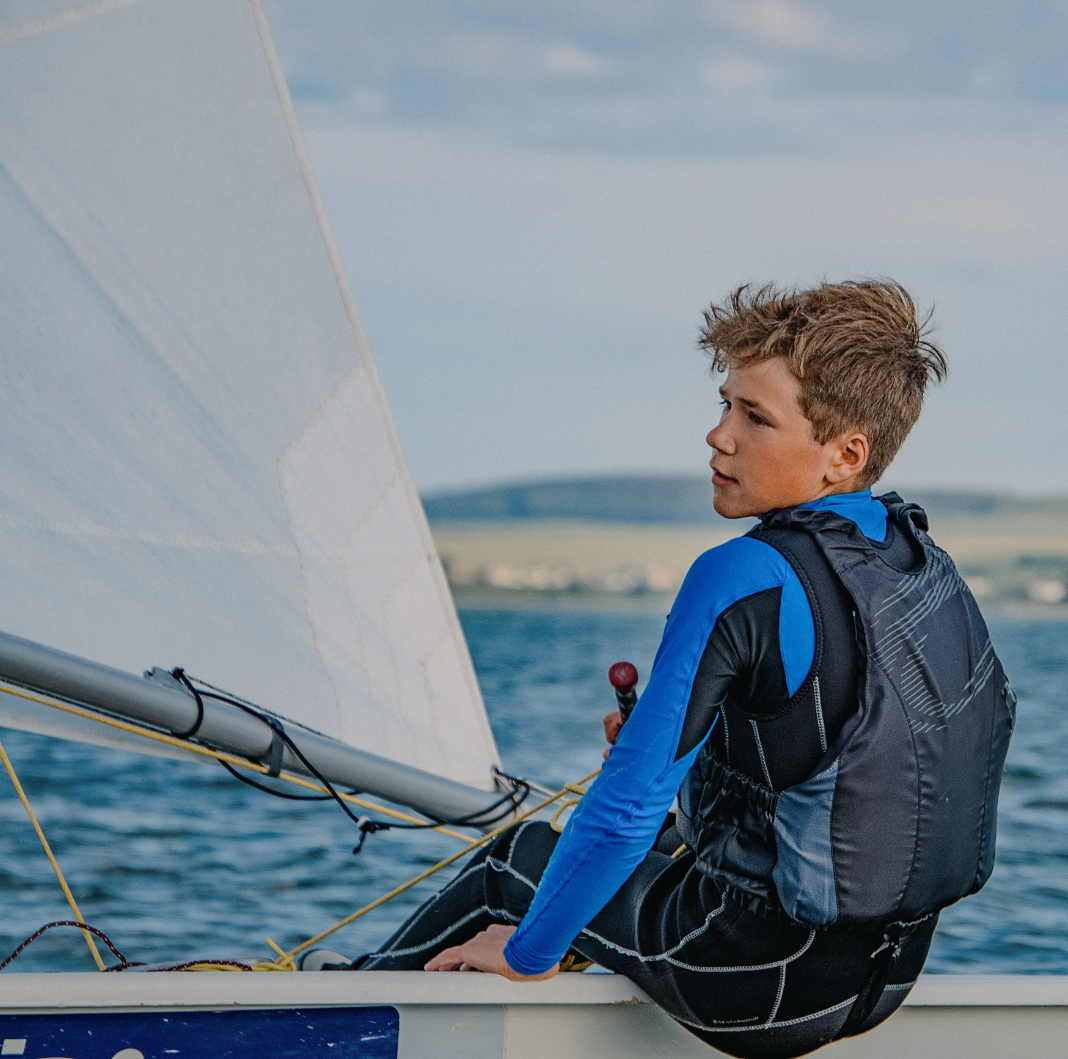
Choosing the Right Watersports Safety Gear: Buoyancy Aids vs. Lifejackets Explained

As you prepare for your next water sport adventure, safety should be your top priority. The type of water sport activity you are about to undertake may determine whether you require a foam buoyancy aid, a foam lifejacket, or a gas inflation lifejacket. These essential pieces of equipment can make all the difference in an emergency, providing crucial flotation assistance when needed most. In this guide, we'll delve into the differences between buoyancy aids and lifejackets, helping you make informed decisions about which one is right for your needs.
Buoyancy Aids:
Buoyancy aids are designed to provide flotation assistance to individuals in the water by means of inherent foam panels. Unlike lifejackets, buoyancy aids assume that the wearer can help themselves to a certain extent, either by swimming back to shore or staying afloat until assistance arrives. These aids are ideal for active surface Watersports in sheltered waters, such as canoeing, kayaking, or windsurfing. They offer freedom of movement and are not typically suitable for offshore or rough water conditions. A buoyancy aid is an aide to buoyancy and not a life saving device. When choosing a buoyancy aid, look for ones rated with "Newtons (N)," indicating the amount of lift provided. A 50N rated buoyancy aid provides around 11lbs/5.5kg of buoyancy, while a 100N rated buoyancy aid provides approximately 23lbs/11kg. The majority of recreational buoyancy aids sold in the UK market will be approved for use and provide 50Newtons.
When trying on your Buoyancy Aid for the first time, make sure to loosen and undo all the straps. This will make putting it on more easy. You can then tighten the straps to the desired fit. A buoyancy aid is designed to fit on your chest to give maximum freedom of movement. When worn, the bottom of the BA would usually rest just on or just above the bottom of the rib cage. This ensures that the waist area is free to allow freedom of movement and comfort, ideal for seated activities. A Junior/Child's buoyancy aid with several years growing room may be more of a hazard in the short term.
Lifejackets:
There are generally two forms of lifejackets: Gas Inflation Lifejackets & Permanent Foam Lifejackets.
Foam lifejackets usually offer a minimum of 100N of lift and are designed to wear by non-swimmers, and, as they are generally a bulkier design due the necessary foam, possibly for someone to wear as a non-active participant, perhaps a 'passenger'. A Foam lifejacket has permanent buoyancy and the best option for children, youngsters. With a higher buoyancy rating, they are designed with a few more safety features, including a foam collar to support the head, one side of the front panel usually has a thicker foam panel which effectively rotates the person to ensure they lie face up rather than face down in the water, they will also include a safety whistle and thigh/crotch straps. Permanent foam lifejackets are predominantly worn by non-swimmers, for Babies, Toddlers, Children, Juniors (usually below the age of v. approx 12yrs, depending on size/build/activity/ability etc) , the assumption being that children may be non-swimmers, wearing clothing and not able to easily help themselves if they should end up in the water.
Gas inflation Lifejackets are more robust safety devices designed to provide flotation assistance in emergencies where the wearer may be unconscious or unable to help themselves. They come in two main types: manual and automatic inflation. Manual lifejackets require the wearer to pull a cord to activate inflation, while automatic lifejackets inflate automatically upon immersion in water. These are the preferred option for offshore sailing or activities where the risk of immersion is higher and for when wearing outdoor/sailing clothing. Lifejackets typically offer at least 150 Newtons of buoyancy, providing significant support even in rough water conditions. For offshore sailing/ocean going voyages it is more common to wear a lifejacket to provide from 190N to 275N to allow for greater lift on the assumption of wearing heavier sailing clothing and which may also include added safety features such as a hood and a water activated light for improved visibility.
Buy a Junior Buoyancy Aid or Lifejacket , Buy an Adult Buoyancy Aid , Buy an Adult Lifejacket

Buoyancy Aids and Lifejacket CE Categories Explained:
All Buoyancy Aid/Lifejackets we sell are tested to meet the requirements in order to then be manufactured to the required standards. Products newly designed, manufactured, will carry the CE mark and approved to BSEN 12402 or have the original EN (European Standard) number and now the ISO (International Standardisation Organisation). These testing procedures have the status of British Standards, and are intended to ensure that all Lifejackets and buoyancy aids sold in this country/Europe meet very stringent requirements regarding every detail of the product including design, performance, materials and all the components used.
CE Categories Chart Guide
The information within this table is a guide only. It is important that you choose the correct Personal Floatation Device / Lifejacket Category to suit your intended water sport activity, your level of competence and experience.
|
50 Newton FOAM Buoyancy Aid – having buoyancy of no less than 50Newton for the average adult |
100 Newton FOAM Buoyancy Aid – having buoyancy of no less than 100Newton for the average adult |
150 Newton Inflatable Lifejacket – having buoyancy of no less than 150Newton for the average adult |
|
| Activity: | Dinghy Sailing, Canoeing, Kayaking, Windsurfing, Waterskiing, Kite Surfing. A variety of active recreational surface watersports. | Dinghy Sailing, Sportsboat, Powerboat (including RIBs). Ideal for non-active roles/passengers on board yachts and motorboats. | Yachting, Sportsboat, Powerboat (including RIBs). Widely used for providing safety cover for dinghies and by those teaching yachting, sports and powerboat classes. |
| Suitability: | Suitable for use by competent swimmers | Swimmers and Non-swimmers in Inshore & Coastal waters | Suitable for Swimmers and Non-swimmers |
| Conditions: | Sheltered water use where help is close at hand. | They give a reasonable assurance of safety from drowning in relatively calm waters | For use in all but the most severe conditions |
| Assurance: | Sheltered water use where help is close at hand. | They give a reasonable assurance of safety from drowning in relatively calm waters | They give reasonable assurance of safety from drowning, to people not fully capable of helping themselves |
| Protection: |
Provides support to conscious people who are able to actively help themselves or rescue is close-by. |
Not guaranteed to self-right an unconscious user wearing waterproof clothing and should not be expected to protect the airway of an unconscious person in rough water. | May not immediately self-right an unconscious user wearing heavy waterproof clothing. Equivalent performance to previous BSI Approved Lifejackets. |
| EN (European Standard Number): | ISO (International Standardisation Organisation) or EN (European Standard Number): EN ISO12402-5; EN 393 |
ISO or EN: EN ISO12402-4 or EN 395 |
ISO or EN : EN ISO 12402-3 or EN 396 |

Lifejacket Inflation Methods
There are three types of Lifejacket inflation systems – either Manual, Automatic or Auto Hammer inflation.
The most common leisure/recreational lifejacket inflation type falls between automatic and manual inflation mechanism depending on your chosen activity, conditions, and personal preferences. Automatic Inflation is advantageous for activities where the wearer may be rendered unconscious upon entering the water, ensuring immediate flotation. Manual inflation allows the wearer to control when the lifejacket inflates, which can be useful in certain scenarios, such as wading in calm waters.
All Crewsaver Gas Inflation Lifejackets sold by Watersports Warehouse can be Manually inflated, activated by pulling on the lanyard/pull cord

Manual Lifejacket Inflation
Wearing a manual inflation lifejacket allows the wearer to swim without the Lifejacket activating automatically. This can be useful if you wade into water when launching or tending to craft in calm waters.
- Pull the lanyard.
- CO2 canister is fired, Lifejacket inflates delivering full buoyancy in approximately 5 seconds
- Can also be inflated manually and/or orally.
Automatic Lifejacket Inflation

The Automatic Gas inflation option is available on lifejackets referred to as ‘Auto Inflate’ . Inflation occurs automatically when the paper retaining collar dissolves on on submersion. These auto lifejackets also have the ability to be manually inflated, activated by pulling on the lanyard/pull cord.
- Delivers full buoyancy in approximately 5 seconds of entry into water.
- Mechanism pierces the CO2 gas canister to automatically inflate the Lifejacket.
- Automatic lifejackets can also be inflated manually – by pulling on the lanyard/cord and/or orally.

As you gear up for your next Watersports adventure, take the time to evaluate your safety gear needs carefully. Buoyancy aids and lifejackets are essential tools that can make all the difference in an emergency. By understanding the differences between these two types of safety equipment and considering factors such as activity, conditions, and personal preferences, you can make an informed choice to ensure a safe and enjoyable experience on the water.
Remember, safety should always come first, so choose your gear wisely and stay safe out there!
- Choosing a selection results in a full page refresh.

